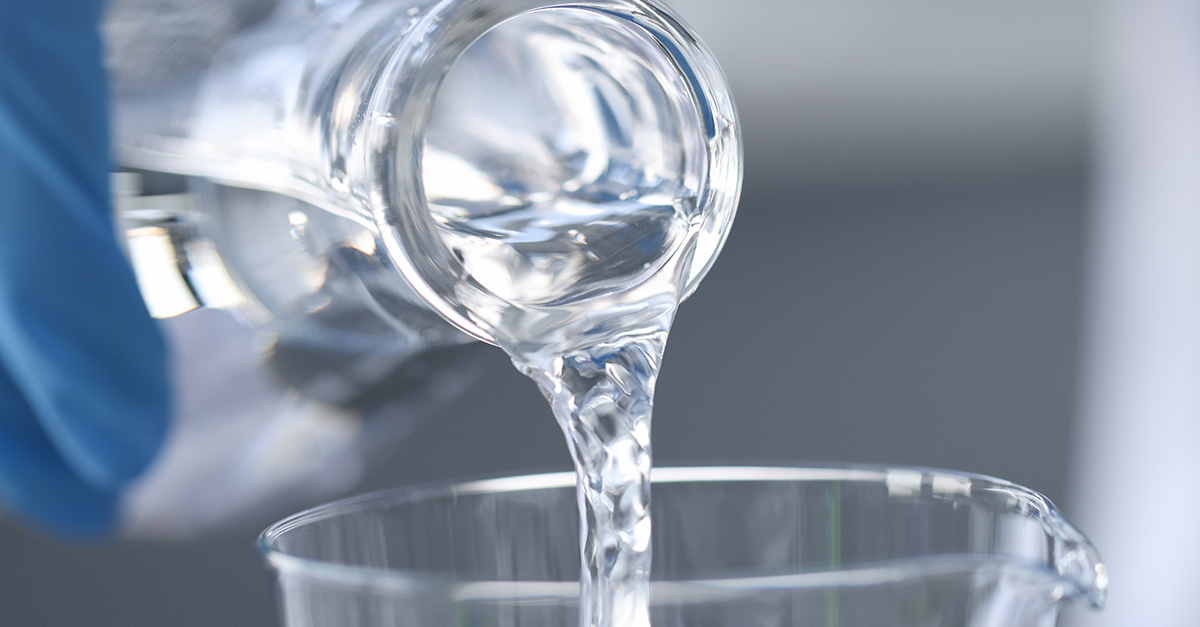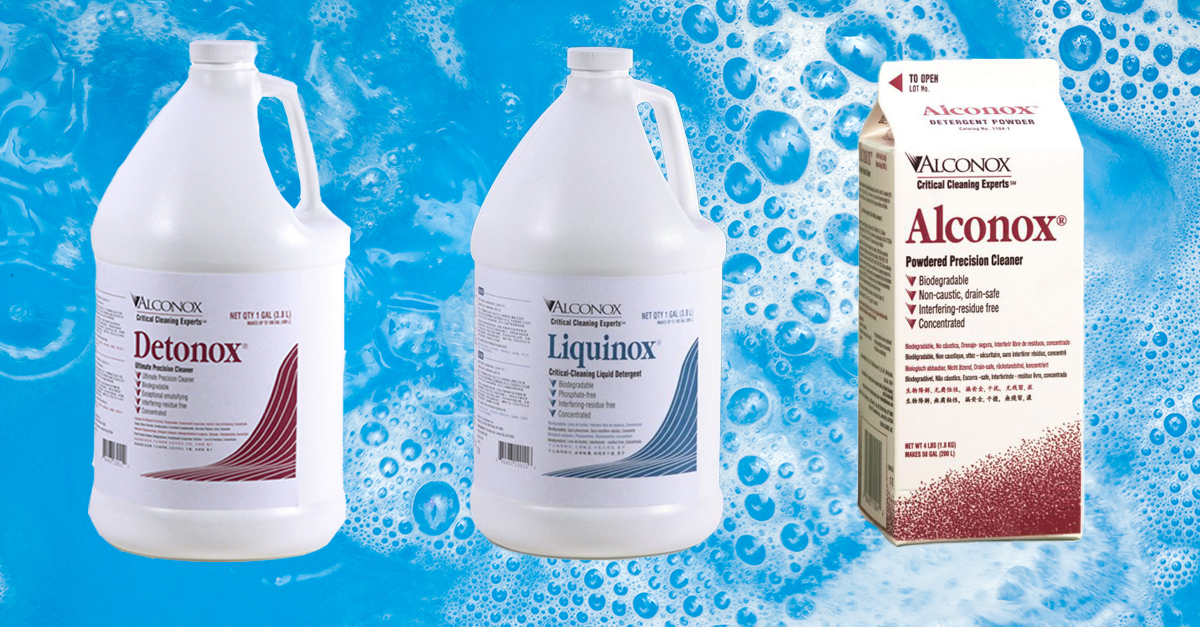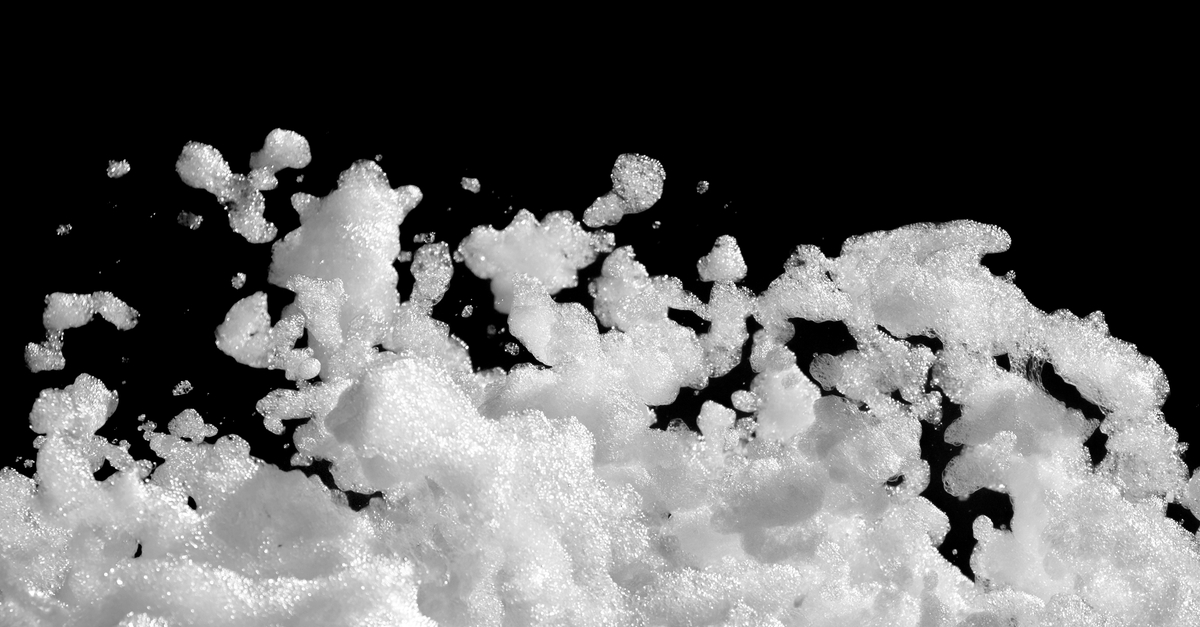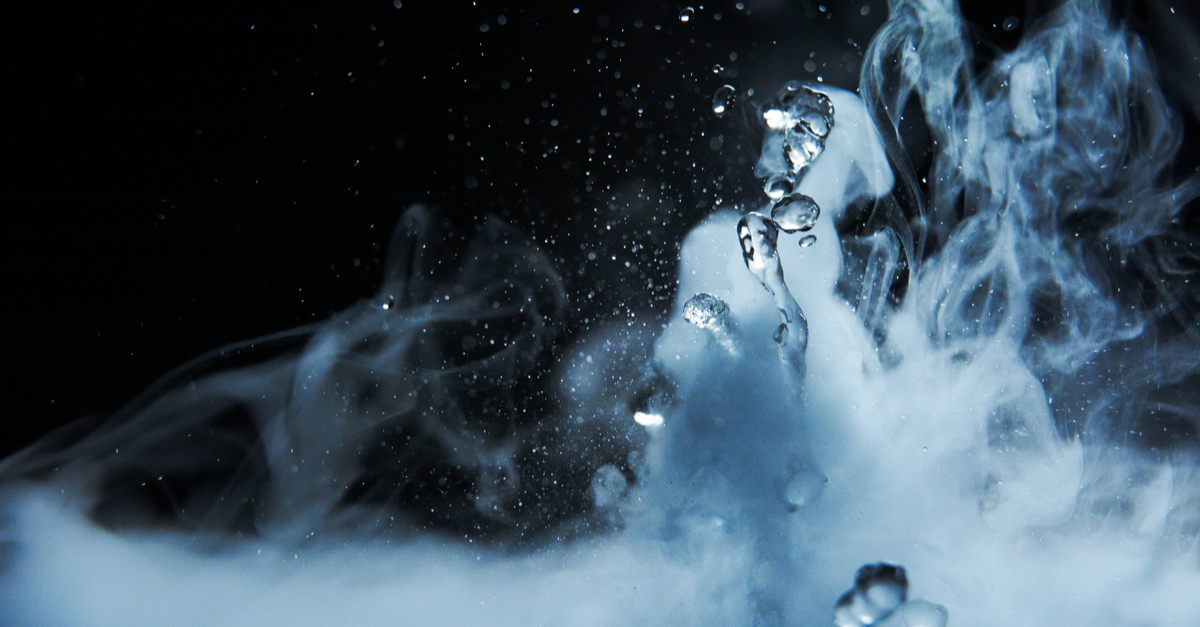Using Concentrated Detergent Directly
Q: For ease of use, we would like to use the concentrated detergent in our lab directly, then add water. Any issues with that?
A: For Alconox Inc. manufactured detergents intended for manual / clean out of place use, we recommend making prior dilutions for usage of the detergents with known concentrations. However, an alternative would be to add a small amount of detergent concentrate (powder or liquid)….
Guidelines for Triple Rinsing
Q. is there any industry guidance on triple rinsing…any literature that you know of that this is the accepted standard for manual cleaning that you could provide me?
A. To our knowledge, there are no authoritative source documents to define how many times you should rinse glassware. The logic behind a triple rinse is that, in filling and emptying a vessel three times with water, each time you are diluting by 2 orders of magnitude. In theory . . .
Differences Between Alkaline Foaming Detergents
Q: Could you explain the difference between the relative properties of Liquinox, Alconox, and Detonox? What are differences between alkaline foaming detergents?
A: Each detergent Alconox Inc. manufactures has a specific attribute or set of attributes that fills a cleaning challenge role. This of course is true between our alkaline foaming detergents.
Extra Foam Please?
Q: Since foaming is so critical to COP methods, should operators be agitating the solution(s) to produce foam before and during manual cleanings?
A: Mechanical energy, agitation, and plain old elbow grease, are vital weapons in cleaning and Clean-Out-Of-Place applications. So we would recommend that wherever possible, mechanical energy be applied to remove unwanted residues from the surface we are trying to clean. This will
Aqueous Detergents Above Boiling Temperature
Q: Do you have usable detergents above boiling temperature? Any that we could consider that could withstand such high temps?
A: Great question. There are several uses currently in play across many industries where detergents are used at or near boiling temperatures.
For use of detergents above the boiling point, a couple of factors need to be discussed.




